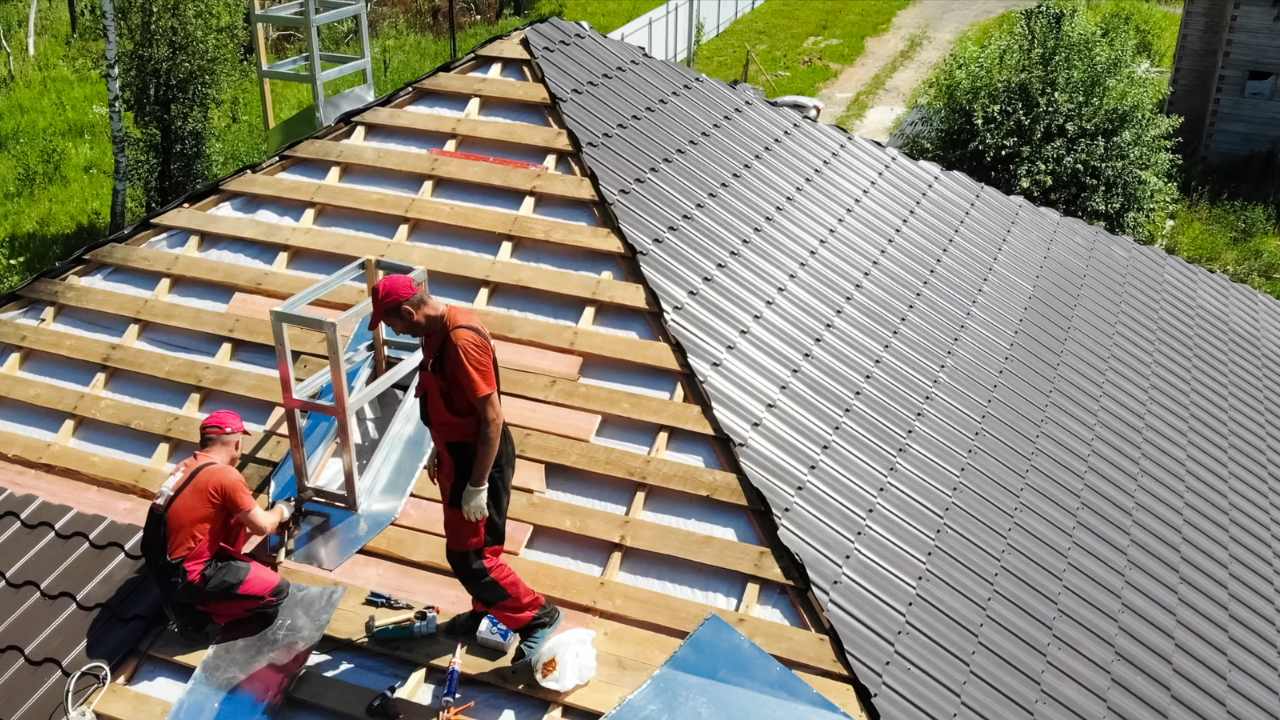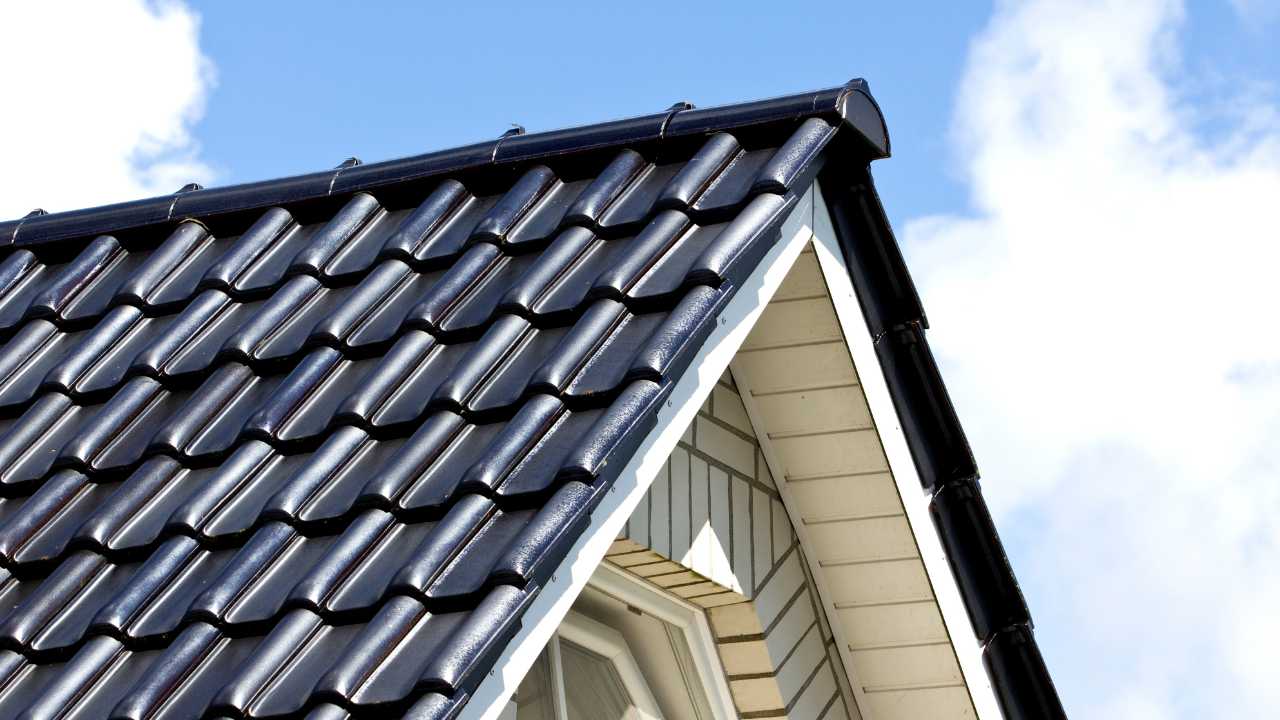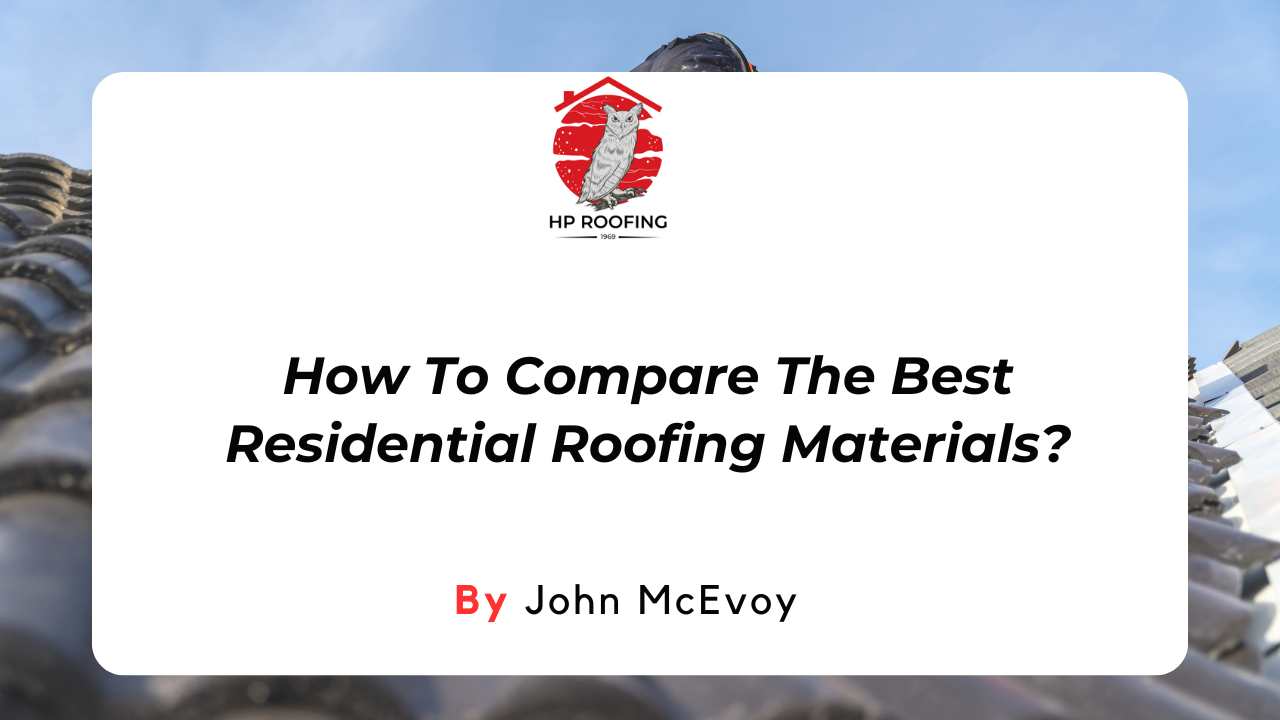Thinking about a new roof but unsure which material is right for your home? With so many options available, making the right choice can feel overwhelming. From cost and durability to appearance and environmental impact, each roofing material offers different advantages.
Whether you're upgrading an old roof or building a new home, it’s important to weigh up your options carefully. Understanding how to compare the best residential roofing materials will help you make a well-informed decision. Some materials may save you money upfront, while others offer long-term benefits. Climate, maintenance needs, and style preferences all play a part.
This guide breaks it down simply so you can choose with confidence.
Let’s start!
How To Compare The Best Residential Roofing Materials?

When choosing a roofing material for your home, it’s essential to weigh up more than just the cost. Durability, visual appeal, weather resistance, and maintenance needs all play a part in making the right decision. Understanding the pros and cons of each option helps you avoid costly mistakes in the long run.
From modern metal roofs to classic asphalt or rustic wood, each material offers different benefits depending on your climate, style, and budget. Knowing how to compare the best residential roofing materials ensures you make a smart investment that not only protects your home but also enhances its overall look and value.
How Do You Choose the Right Roof for Your House?
Looking for the right roof for your home means thinking beyond just appearance. The ideal material should last long, fit your budget, and suit your lifestyle and climate.
1. Lifespan and Strength Over Time
The type of roofing you choose makes a big difference to how long it will last. Basic options like asphalt shingles may only stay strong for 20–30 years, while metal ones can stretch over five decades with care.
If you’re after something longer-lasting, clay tiles often reach 100 years, and slate can go beyond 150. Your local weather also plays a part, harsher climates demand tougher materials.
Knowing these facts helps when thinking about how to compare the best residential roofing materials, especially if you want fewer repairs down the line.
2. Budget and Upfront Investment
Roofing costs aren’t just about the price tag, they include fitting, upkeep, and how long the roof holds up. Asphalt shingles are cheaper and simple to install, which suits smaller budgets. Metal roofs cost more at the start but save on energy and need less attention later.
Wood adds charm but can be costly to maintain. Clay and slate come with high prices but also bring long-term value. It’s smart to weigh short-term costs against future savings when considering how to compare the best residential roofing materials.
3. Appearance and Eco-Friendliness

Your roof adds to your home’s look, and many people now also think about its impact on the environment. Metal roofs look sleek and often use recycled parts. Solar options combine smart design with green energy.
Timber shingles give off a natural feel but may not be as eco-conscious. Synthetic choices copy the look of real wood or slate but are lighter and greener. Natural slate, while heavy and costly, lasts ages and creates less waste. These factors all matter when deciding how to compare the best residential roofing materials.
Conclusion
Choosing the right roofing material involves more than just appearance — it’s about durability, cost, and environmental impact. We’ve explored how materials like asphalt, metal, tile, wood, and slate vary in lifespan, price, upkeep, and eco-friendliness. By understanding these factors, you’ll be better equipped to make a smart and lasting choice for your home. If you’re still unsure how to compare the best residential roofing materials, HP Roofing is here to help. Our experts can guide you through the options and ensure a perfect fit for your property and budget.
Contact HP Roofing today for trusted advice and high-quality roofing services customised to your needs.
















